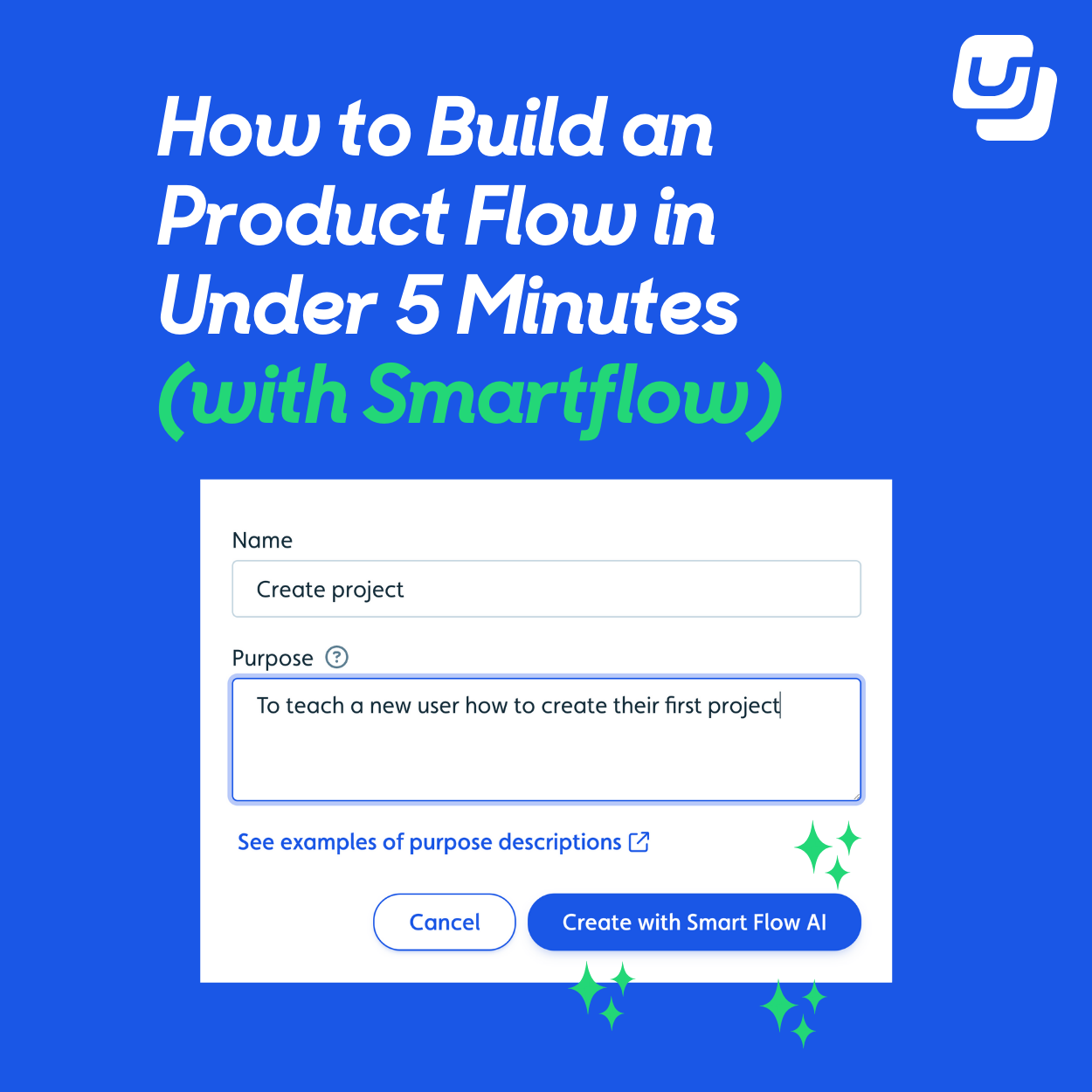This is the 3rd part of our blog post series about SaaS onboarding. The two first steps and blog posts were about Setting a Goal and Research and Mapping. In this blog post, we look at making a key decision: Should the onboarding predominantly be Sales-led, product-led, or a hybrid?
Product-led vs. Sales-led
One of the hottest trends these days is the move toward product-led growth. This trend is triggering a lot of traditionally sales-led companies to re-evaluate their onboarding processes. But a pure product-led journey is not always the right choice. Based on your goal, segment focus, and research you can determine if pure product-led onboarding, sales-led onboarding, or a hybrid model is the right choice.
Wes Bush and Ramli John from the product-led growth community wrote a strong post on product-led growth covering some of the pros to each model. I highly recommend you read this post. I have highlighted the main points below.
Pros of a Sales-Led Model
- Ability to close high Lifetime Value (LTV) customers.
- Perfect for hyper-niche solutions where the TAM (Total Addressable Market) is so small that you need to build high-touch relationships with high ARR
- Perfect for new categories where you have to educate customers a lot
Pros of a Product-Led Model
- Wider top-of-funnel and Global reach
- Significantly lower Customer Acquisition Costs
- Entire organization uses a product-first mindset (less siloed)
A Hybrid model
Even product-led pioneers use a hybrid model. Try to sign up for a trial on either Datadog, Zendesk, or similar and they will very likely have a salesperson reach out at some point. Thus the solution you end up with will likely also be somewhat of a hybrid. But even if that is the case, the key decision to make is whether you think product-led first or Sales-led first. Making that decision will make it easier for you to build a strong onboarding flow.
Separate by Customer Segment
Another thing to consider is whether you want the same approach for all of your customer segments or different approaches per segment. E.g. SMBs likely behave differently from Enterprises.
The product-led approach is more easily introduced into the SMB market since this market generally has less complex processes such as procurement cycles and decision protocols than a large enterprise organization. When working with enterprise organizations using a product-led model, the approach might need to be different. For example, in enterprise you may get one team within the organization onboarded in order to drive the whole company to buy. You may also need a hybrid approach where sales drives the initial purchase and then post-purchase you can use the product-led model to deliver further product value.
Some good questions to ask yourself when evaluating your model type are:
Free trial vs. Demo Requests
One key decision to make is whether you want to allow users to sign up for a free trial/freemium or gate the application behind a demo request. The decision you make here will be critical for the onboarding flow you build in your app. A free trial flow will obviously require more product-led guidance than in the high touch demo request model where a sales person will present the product prior to purchase..
Customer Success vs. Support
A similar decision to free trial vs. demo request, is whether you think the given customer segment needs an onboarding call with sales/customer success, or whether they can be onboarded in a product-led fashion with in-app guidance and a passive support channel (chat/email).
Next Step
With a goal, research, and high-level strategy, you are ready for the next step in your SaaS onboarding journey: Building your onboarding flow. Despite the research and strategy you will most likely need to rework your onboarding flow as you learn and grow. The next post will focus on how you can iteratively build your onboarding to get fast feedback and to learn as you build for optimal results.
CONTENTS













%20(2).png)









